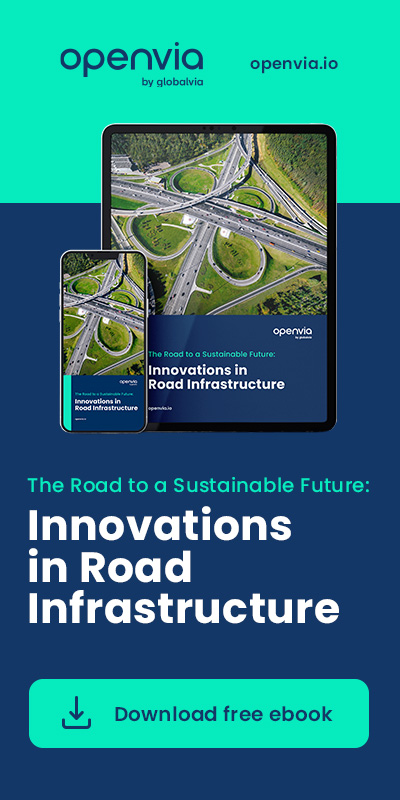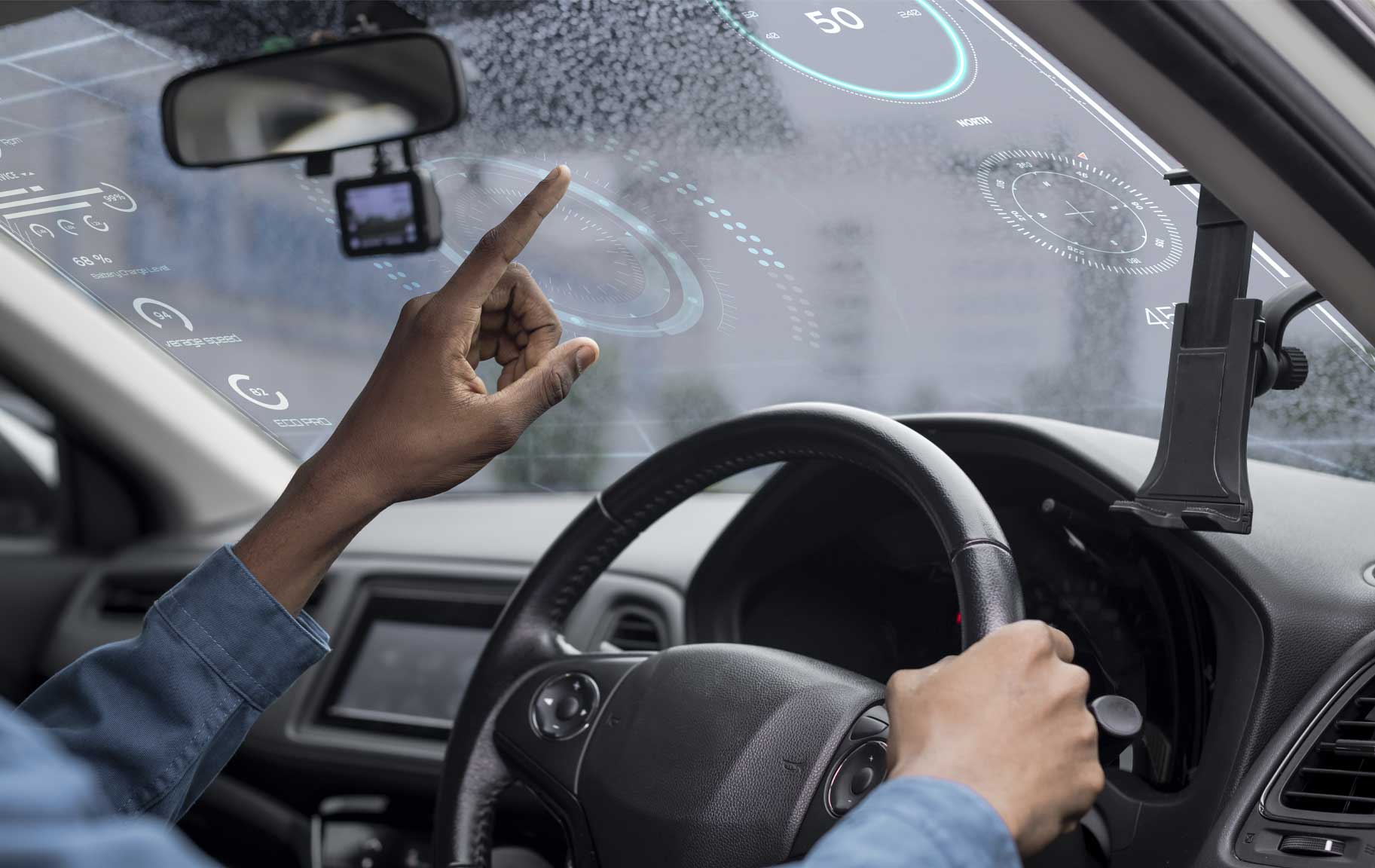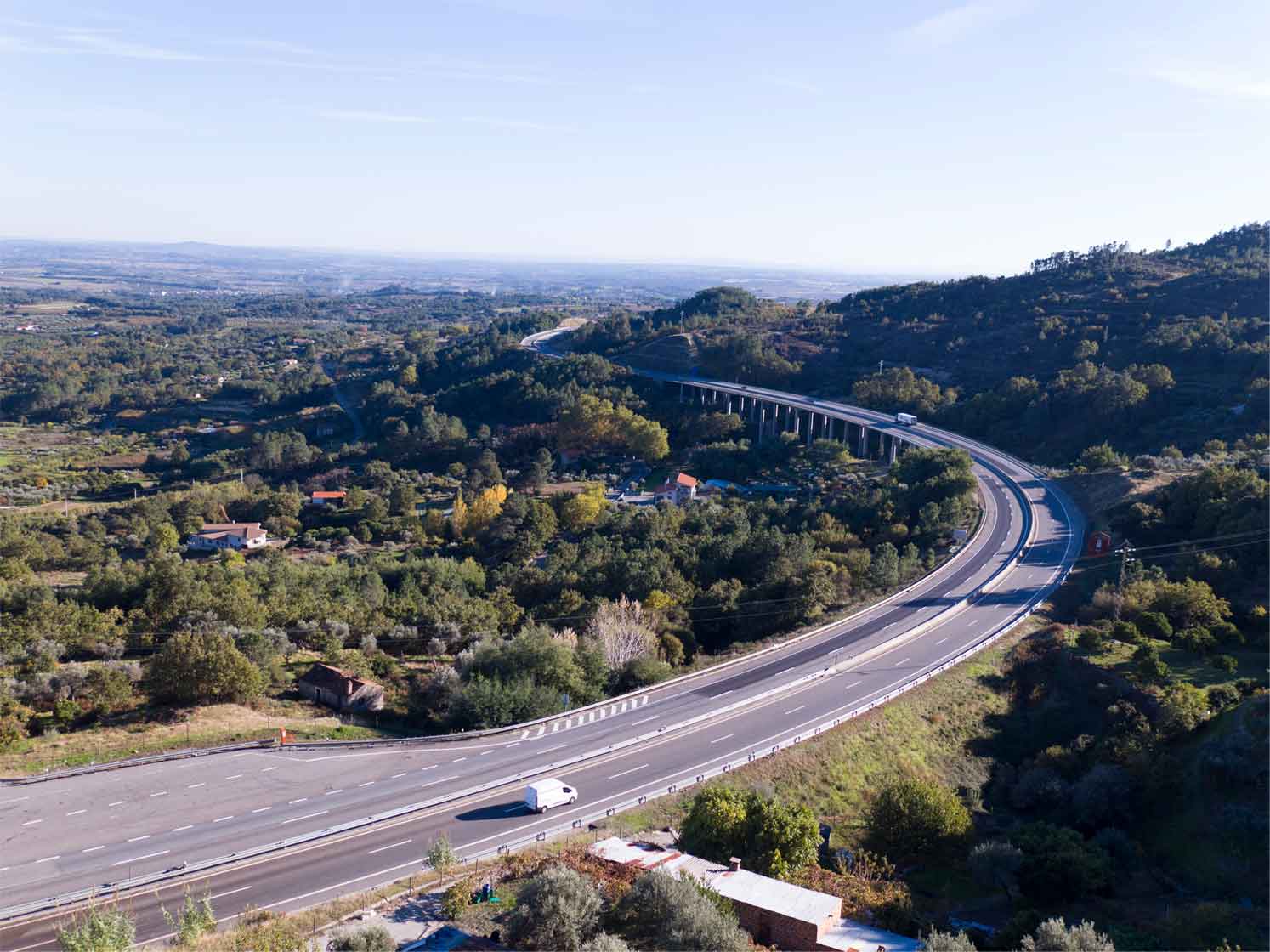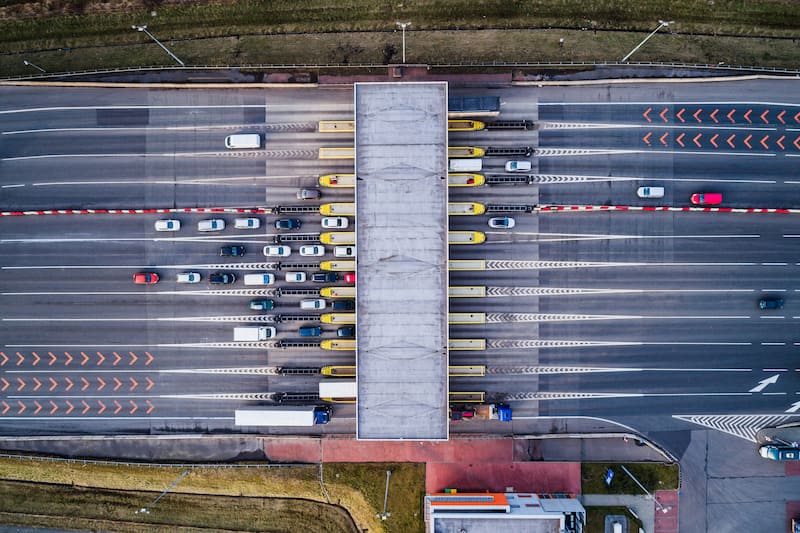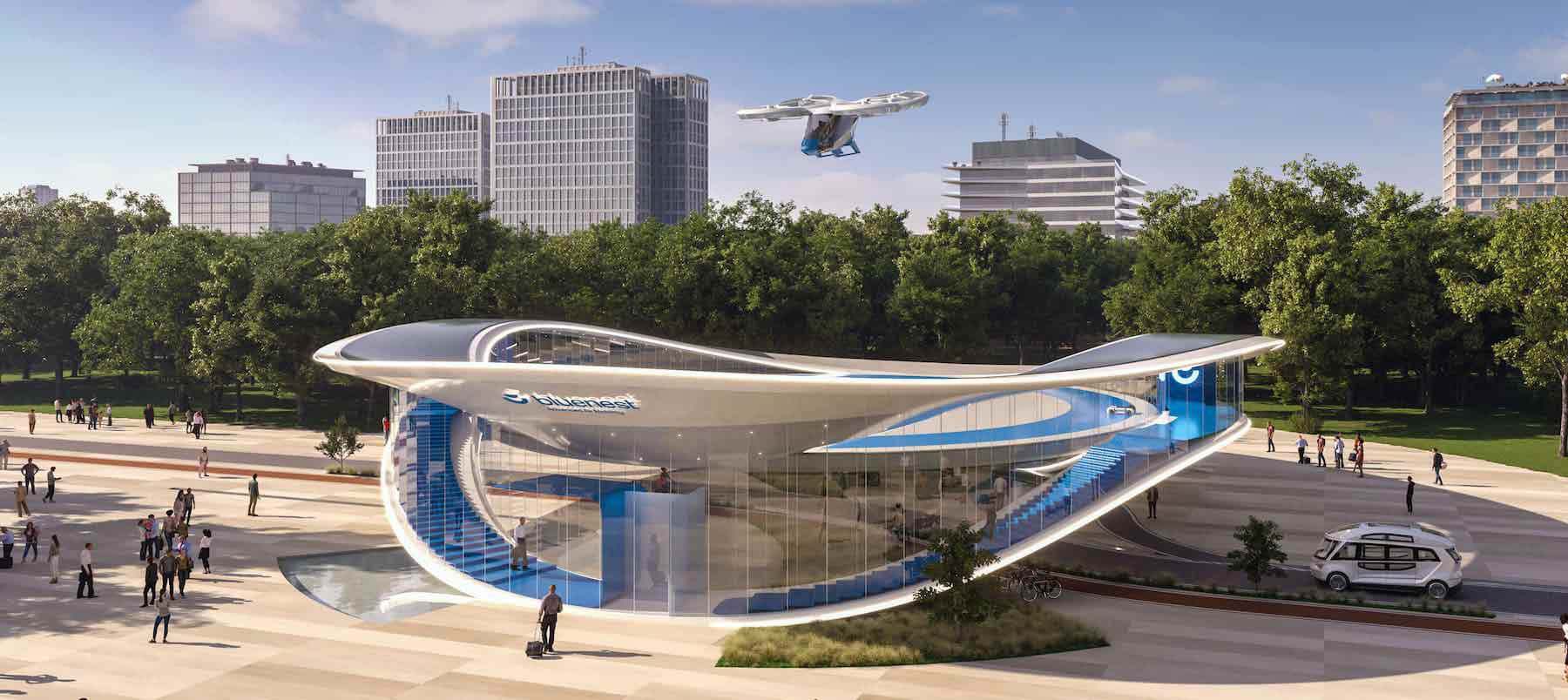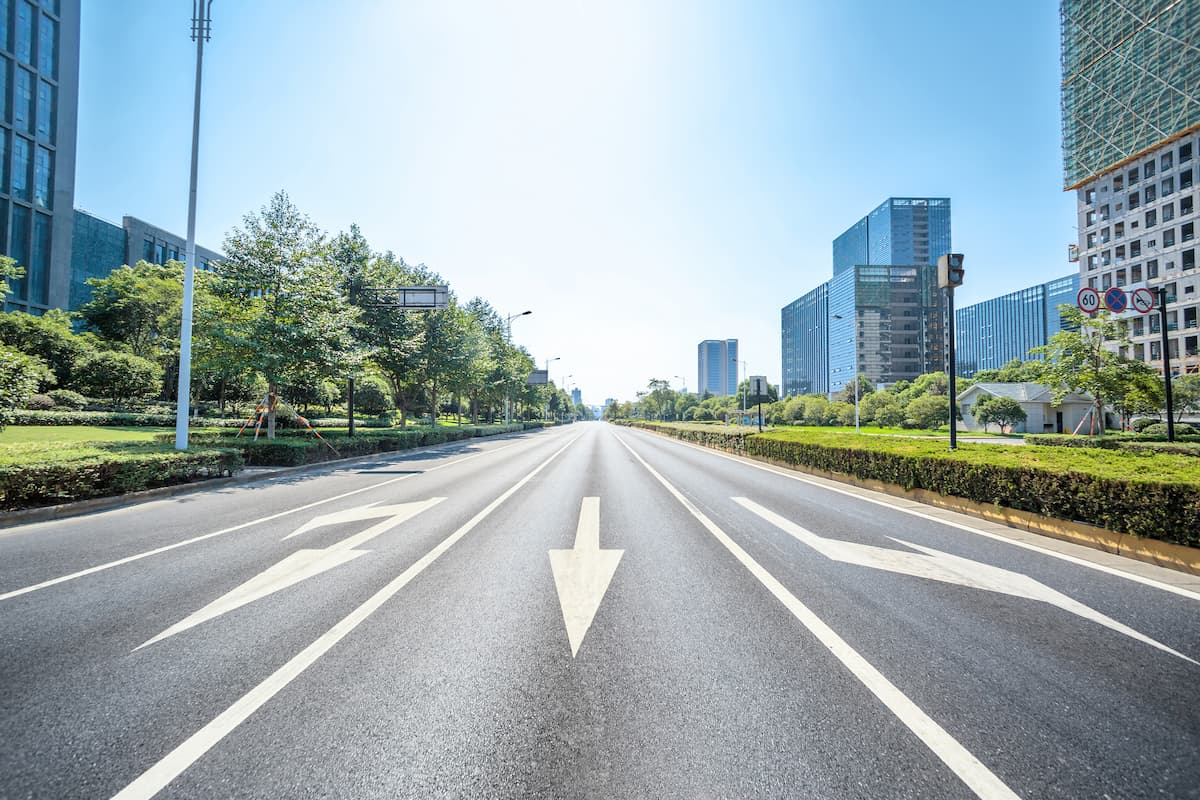The task of Public Administrations (PAs) in areas such as mobility is to do everything possible to ensure that motorized vehicles, cyclists, pedestrians and users of Personal Mobility Vehicles (PMVs) coexist and move as efficiently as possible. This is possible, moreover, with the collaboration of companies that develop the technology that makes this possible.
This is the starting point when talking, in a concrete way, about how technology (5G, Artificial Intelligence, Internet of Things, etc.) is revolutionizing mobility management by public authorities on roads and in cities.
From Openvia, experts in mobility and infrastructure technology solutions, we want to summarize the contributions of how it is happening today. Partly thanks to the work we have done for Administrations such as the city council of Seville, where we have developed Meep Sevilla together with the startup Meep, based on Mobility as a Service (MaaS). Meepcard is a virtual card developed in collaboration with Seville transport and Mastercard that allows you to pay in Seville Metro and benefit from unique discounts when traveling in other modes using the Meep mobile app.
5 uses of technology to improve mobility management
Below, we will list 5 of the uses of the technology that is revolutionizing mobility management in public administrations, with their advantages.
Better mobility in Smart Cities
Mobility management in ‘Smart Cities‘ or intelligent cities through the development of technologies is more efficient than in cities where they are not used. The implementation of intelligent traffic lights, intelligent crosswalks or even lighting that lights up only when there are pedestrians near the streetlights is a clear example of how mobility is more efficient at all levels using technology.
Intelligent management of urban mobility allows better control and, in addition, reduces all types of costs. It is also important to talk about technology to relieve traffic congestion in cities, preventing drivers from wasting a lot of time in their transfers.
To provide a solution to these needs, Openvia has developed the OneZBE Management software as a Citizen platform. OneZBE is a Back Office solution to operate Low Emission Zones (LEZs). It is versatile, scalable and with high integration capacity developed in the public cloud and with hybridization capability. Our solution guarantees Municipal independence in future strategic decision making and its design is based on the UNE 178104:2017 standard «Integrated Smart City Management Systems. Interoperability requirements for a Smart City Platform».
Public transportation interconnected with Apps
The cities of today and the future must be sustainable and pollution-free, and technology is an ally in achieving this goal.
The 15-minute city is a city concept that envisions a city in which all essential services such as supermarkets, schools, health centers, parks, and public transportation are located within a 15-minute walk or bike ride from a person’s home, with the goal of creating a more sustainable, equitable, and livable city by reducing the need for long commutes and encouraging the use of public transportation.
The use of technology for mobility management by public administrations, always user-oriented, is also an advantage in public transport and in this concept. Not only with mobile applications that warn of waiting times for city buses, for example, but also with the joint management of means of transport interconnected with Apps.
With real-time data not only on traffic in each mode of transport (metro, bus or Renfe), but also on the connections between them, public transport is encouraged. And that helps to reduce pollution by reducing the use of private transport.
MaaS (Mobility as a Service) solutions such as Meep’s facilitate and expand citizens’ travel options, combining traditional public transport with new micromobility options for each trip from a single platform.
Do you want to know more about Mobility and Sustainability?
Road safety: reduction of traffic accidents
The most important objective of road safety is to achieve a zero road fatality rate, also in cities. To achieve this, in addition to education and social awareness based on respect for other stakeholders, it is vital to use technology as much as possible.
How? Public administrations will have to promote C-V2X or ‘vehicle-to-everything’ cellular technology, which connects vehicles as an additional sensor to the so-called advanced driver assistance systems.
Its function is to give the driver more information about the road than that obtained in his own field of vision, thus increasing driving safety also for drivers who do not have this technology. On roads, this will make it possible to avoid collisions or collisions with cyclists, road workers and other road users, and in cities it may serve to reduce the number of pedestrian collisions.
At Openvia, we have developed specific road safety solutions such as the Smartworker project to reinforce the occupational risk prevention strategy, with the aim of reducing the number of occupational accidents. To this end, workers are provided with an ergonomic device that warns them in case of danger nearby, such as when a vehicle encroaches on a lane that has been cut off. In such situations, the operator is warned in real time so that he can take appropriate measures in good time.
In addition to smart roads and Smart Roads solutions. It works by having stretches of roads that incorporate the Internet of Things (IoT) and infrastructure improvements.
So these sections include intelligent lighting that illuminates the road when vehicles pass, thus saving energy – which can be supported by the solar roads mentioned above – or structural sensors.
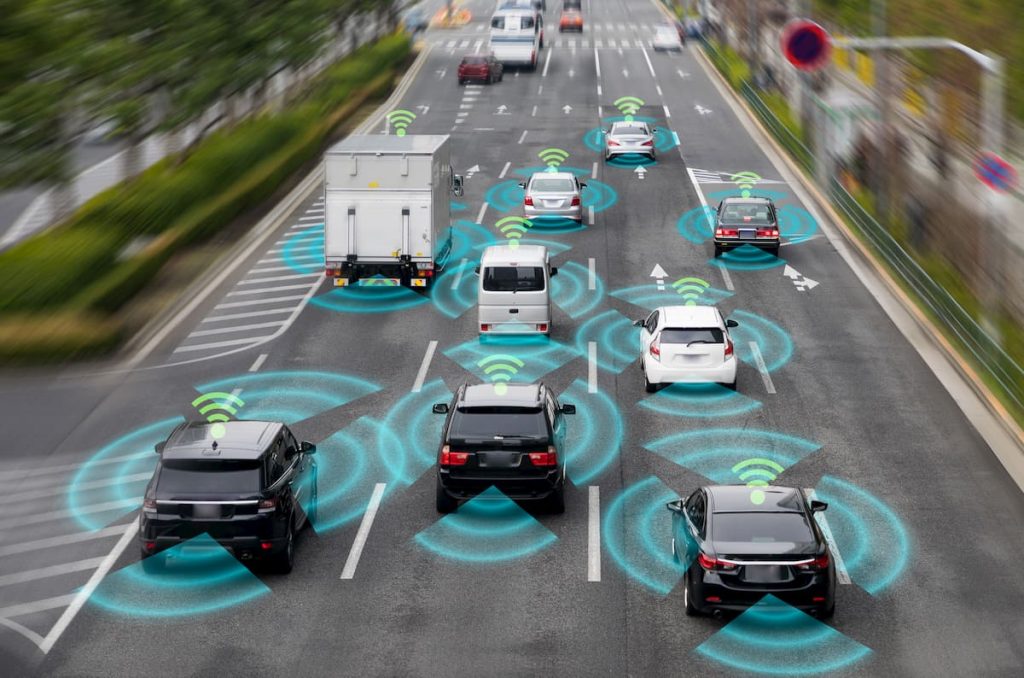
Urban aerial mobility: drones and eVTOLs
And we cannot forget the future of urban air mobility (UAM), with devices and unmanned aircraft such as drones and eVTOLs(electric vertical take-off and landing), electric vertical take-off and landing vehicles.
With the further improvement of these aircrafts, it will be possible to make road transport compatible with air transport of goods and people. In addition to the advantages they offer in natural disaster management when rescue operations have to be carried out in areas inaccessible by car, truck, ambulance or helicopter.
In addition, vertiports are a necessary part of the new urban aerial mobility ecosystem that is coming. The perfect analogy is that they will be heliports for eVTOLs with a relevant technological component, not only at the communications level, but also at the level of battery management and recharging, terminal security, baggage handling among others.
Vertiports are typically located in urban areas and are designed to allow eVTOLs to take off and land in densely populated areas, reducing the need for traditional airports that are often located far from city centers. They are also designed to be modular, allowing modules to be added or removed as needed to accommodate different types and sizes of eVTOL.
One of the leaders in this sector is Bluenest by Globalvia, supported by the architectural firm Luis Vidal, which in addition to having several solutions for landfills depending on the needs, is also developing last mile technology for drones dedicated to the loading and unloading of goods.
Bluenest by Globalvia is one of the leaders in the development and implementation of vertiports, validating its product during the Qatar 2022 World Cup.
The future of mobility management by public authorities
With all the uses and applications of technology to improve mobility management by public administrations, what can be expected in the future? Technological innovation should serve to improve public management of roads and public roads in cities.
The work consists of the public sector’s efforts to improve management based on what is known as ‘customer centric‘ or ‘consumer at the center’: in this case, drivers, pedestrians, cyclists, etc. And in this objective, companies and startups like Openvia are willing to collaborate with knowledge and cutting-edge technological solutions.
For example, with our ‘Smart Roads’ solutions, interconnected public transport Apps or management of Low Emission Zones (LEZ) in ‘Smart Cities‘. All this with the aim of putting technology at the service of society to achieve safer, more efficient and sustainable infrastructures and roads.
